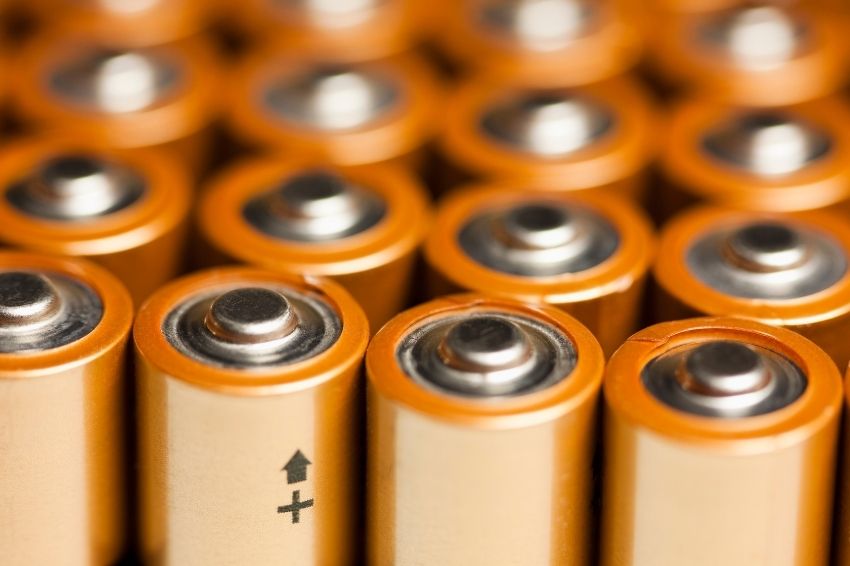According to research carried out by BNEF (BloombergNEF), lithium-ion battery prices, which were above US$ 1,200 / kWh in 2010, fell to US$ 132 / kWh in 2021, that is, a reduction of 89%.
This also represents a drop of 6% from US$ 140/kWh in 2020. The continued cost reductions bode well for the future of EVs (electric vehicles), which rely on lithium-ion technology, the study pointed out.
However, BNEF reported that the impact of rising commodity prices and rising costs of key materials such as electrolytes pressured the industry in the second half of the year.
These values are an average of various battery end uses, including different types of EVs, buses, and stationary storage projects. For BEV packages (battery electric cars) in particular, prices were US$118/kWh on a volume-weighted average basis in 2021.
At the cell level, average prices for BEVs were just US$$97/kWh. According to BloombergNEF, this indicates that, on average, cells represent 82% of the total packaging price.
On a regional basis, battery costs were cheapest in China at US$ 111/kWh. Packages in the United States and Europe, for example, are more expensive 40% and 60%, respectively. This reflects, in BNEF's view, the relative immaturity of these markets, the diverse range of applications and, for the upper end of the range, low volume and bespoke orders.
Read more: Lithium battery price expected to fall 68% by 2050
More data
The report further shows that lithium-ion battery prices continued to fall in 2021 as the adoption of low-cost cathode chemistry known as lithium iron phosphate (LFP) increased and the use of cobalt in lithium-ion cathodes nickel continued to decline. On average, LFP cells were almost 30% cheaper than NMC (nickel-cobalt-manganese) cells in 2021.
However, even low-cost chemicals like LFP, which are particularly exposed to lithium carbonate prices, have felt the “bite” of rising costs throughout the supply chain. Since September, Chinese producers have raised LFP prices between 10-20%.
Based on historical trends, BNEF predicts that by 2024 average packaging prices are expected to be less than US$100/kWh. It is around this price point that automakers should be able to produce and sell mass-market EVs at the same price (and with the same margin) as comparable internal combustion vehicles in some markets.
However, BloombergNEF stated that higher raw material values mean that in the short term, average packaging prices could rise to US$135/kWh by 2022 in nominal terms. In the absence of other improvements that could mitigate this impact, this could mean that the point at which prices fall below US$100/kWh could be pushed back by two years.
Consequently, in the company's projections, this would affect electric vehicle affordability or manufacturers' margins and could harm the economics of energy storage projects.
“Although lithium-ion battery prices fell overall in 2021, in the second half of the year values increased. We estimate that, on average, the price of an NMC (811) cell will be US$ 10/kWh higher in the fourth quarter than in the first three months of the year, with prices now closing at US$ 110/kWh,” said James Frith, chief BNEF's energy storage research team and lead author of the report.
“This creates a difficult environment for car manufacturers, especially those in Europe, who need to increase EV sales to meet fleet average emissions standards. These automakers may now have to make a choice between reducing their margins or passing on costs, at the risk of postponing the purchase of an EV”, he added.
For Kwasi Ampofo, head of metals and mining at BloombergNEF, lithium prices have increased substantially this year as a result of restrictions in global supply chains, increased demand in China and Europe and recent restrictions on production in the Asian country.
“The path to achieving US$ 100/kWh is clear, although the timing now appears more uncertain. In 2021, a wave of automakers released battery technology roadmaps outlining how prices can be reduced below US$100/kWh. Companies like Renault and Ford have publicly announced targets of US$ 80/kWh by 2030,” he reported.
Conclusion
BNEF research concluded that continued investment in R&D, with capacity expansion across the supply chain, will help improve battery technology and reduce costs over the next decade.
BloombergNEF expects next-generation technologies such as silicon and lithium metal anodes, solid-state electrolytes, and new cathode materials and cell manufacturing processes to play an important role in enabling these price reductions.















